In part one of this blog, we looked at some of the main contributory causes to the tragedy that claimed 72 lives in Grenfell Tower in 2017. Here we focus on what’s being said about the changes that are needed to prevent another disaster from occurring, and what is actually being done.
A failure of governance
Sadiq Khan, mayor of London, believes that some positive changes have occurred in the Greater London Authority over the last 5 years, with more stringent safety standards and planning rules incorporating stronger fire safety policies. But he acknowledges that policy is still dragging behind at the national level, with many residents imperilled by living in high-rise towers that are still coated in dangerously combustible cladding.
Khan despairs of a government that has failed to implement any of the recommendations directed at them in phase one of the inquiry, citing its refusal to mandate Personal Emergency Evacuation Plans (PEEPs) by law for those who need assistance. This is in spite of the fact that 41% of Grenfell’s disabled residents died. He reasons that if the findings of inquiries are to be ignored, then what is their purpose?
The mayor has written to the Prime Minister, reaffirming his wish to form a national public body responsible for monitoring recommendations from post-tragedy inquiries to make sure they are actioned and not left to languish. Otherwise, he fears that standards will further erode as cost-cutting remains a priority.
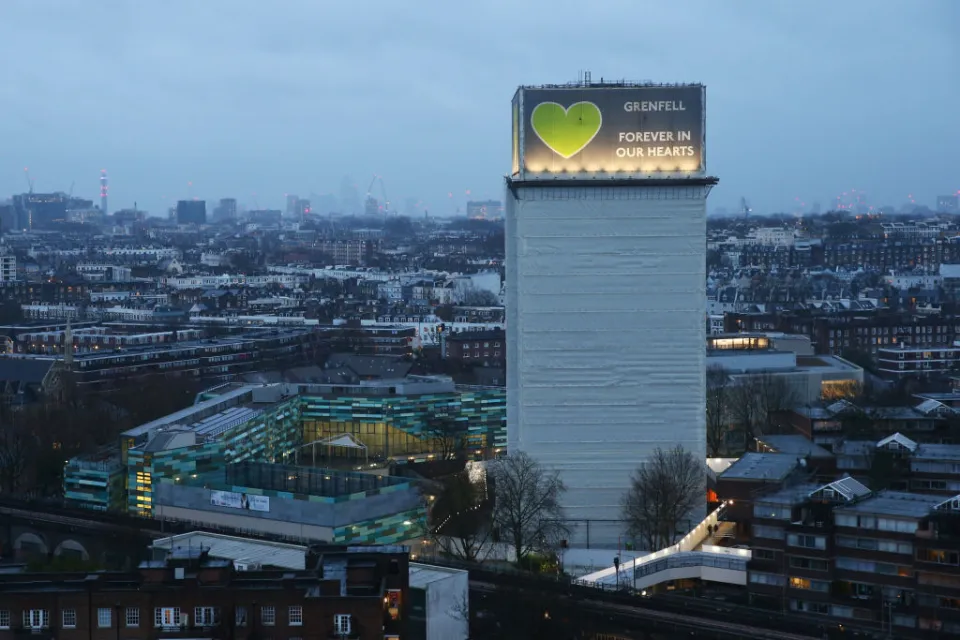
It’s not all doom and gloom
In contrast, the London Fire Brigade have accepted every recommendation made by the Inquiry, already implementing 26 out of its 29 proposals including:
- Introducing an electronic recording system for Fire Survival Guidance call information to be displayed simultaneously in command units and the bridgehead (a safe working space located at least 2 floors beneath the fire), allowing for consistent and accurate information to be shared. The LFB took more FSG calls on June 13th 2017 than they had in the previous ten years.
- Having dedicated FSG officers at the incident location and in Control to prioritise calls and ensure suitable action is being taken to changing circumstances.
- 11 new ladders are in service, including three at 64-metres – the tallest in Europe. Their main function is to act as water, rescue and observational towers.
- Fire escape hoods are now carried on all fire engines to help firefighters bring people safely through smoke-filled areas. These allow a person up to 15 minutes of clean, filtered air.
A question of competence
At the seminar ‘What next for the Fire Industry’ at Firex in May 2022, there was great disappointment from the industry panel that 4 years after the Hackitt report, no real changes have been made. It was felt that there’s a general lack of competency and professionalism within the government, therefore the industry needs to regulate itself, because Whitehall isn’t doing anything.
The panel also voiced how supply chain issues are increasing business uncertainty and no one seems to know what the regulation is. It was felt then when official legislation finally appears it won’t be sufficient, and this is why the industry should legislate itself. The industry needs to get back its credibility – but how?
With buildings, it was said there’s a lack of integration with the engineering side of things and too many imported methods are being used that aren’t up to scratch. There still hasn’t been a regulation review in over 12 years. Competency needs to be reviewed across the board, from the very off. Fire Risk Assessment needs to be accredited, and having a registered 3rd party certification is essential.
Dennis Davis, Executive Director of the Fire Sector Federation, said that in government there are 4 departments across fire safety but 91,000 civil service jobs are about to be axed, which seems insane. Across the board, it’s obvious that lessons still aren’t being learned. For example, the Dept of Education is making cuts in schools that “will lead to the loss of lives,” from getting rid of sprinkler systems.
He added that the biggest issue in training the construction industry is that standards have slipped, so a cultural change is required. “We don’t have a basic competency level after Grenfell.” Regarding this, he said that “Knowing what you don’t know is key.”
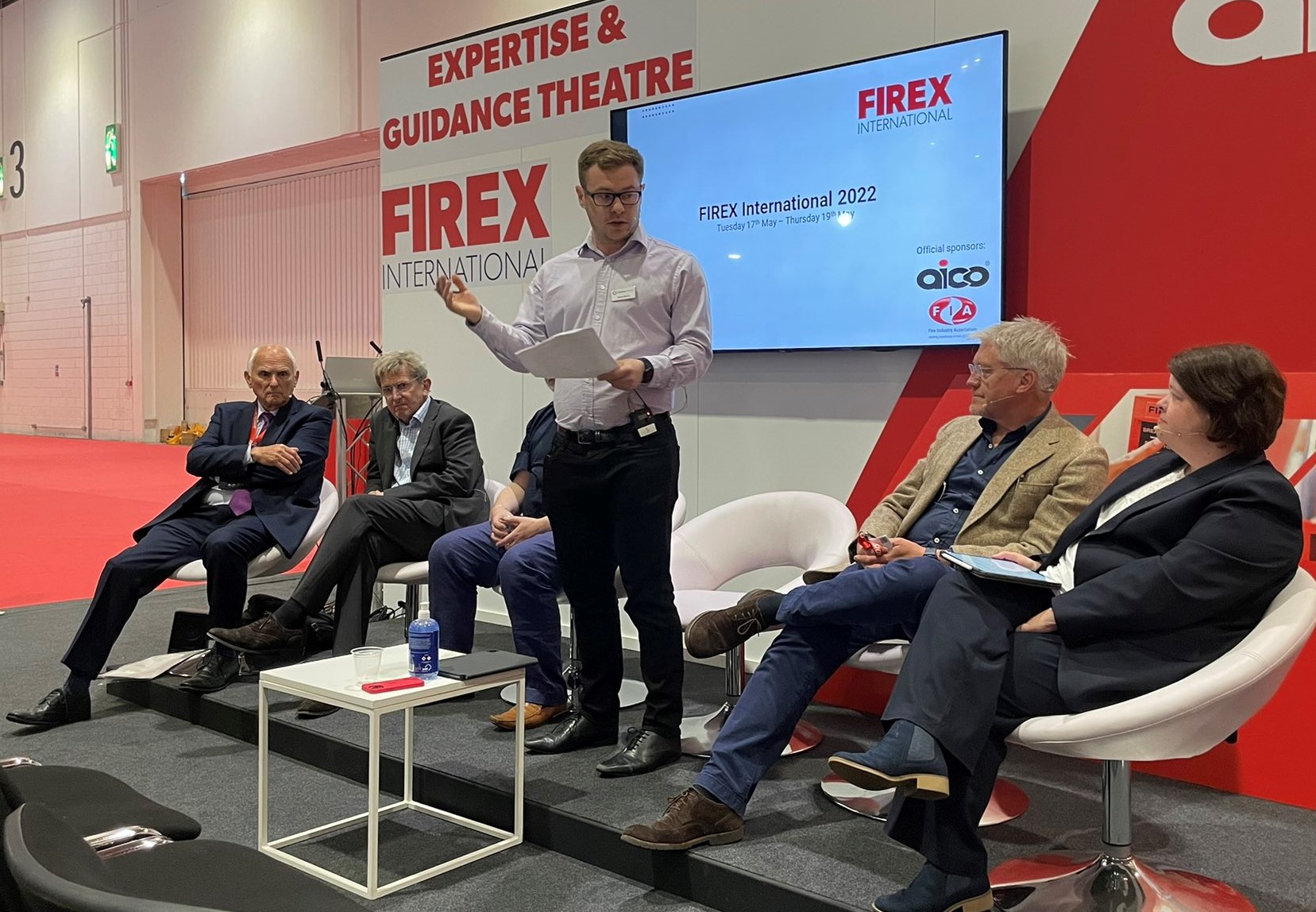
Dennis Davis (end left) and members of the ‘What next for the Fire Industry’ panel at Firex, May 2022
Change on the horizon
The Building Safety Act 2022 places a clear duty on Accountable and Responsible Persons “to confirm the competency of any Fire Risk Assessor that they appoint to assist them to undertake a fire risk assessment.” Since it gained Royal Assent, there are concerns within the FSF that there remains a lack of detailed definition of what is competent, therefore adding pressure to the ‘duty holders’ to make the correct choices.
Davis asserts that those accountable for building and fire safety, including Fire Risk Assessors operating without clearly demonstrable competency,”…need to get ready now and fully understand the implications of demonstrating compliance with their new obligations under the new legislation.”
Under Davis’ eye, the FSF has committed to develop a range of resources to support the continued development of competency in this area and will soon publish a new industry standard for the general fire risk assessor that establishes three competency levels that match three generic types of building risk.
The Act allows for tougher sanctions against builders and manufacturers who risk resident safety, and also brings in measures to improve accountability. People responsible for safety during the design, build and occupation of high rise residential buildings will be clearly identified. Residents will also have more powers to hold developers and builders to account.
But many feel that the Act is far from perfect. Gone is the Building Safety Manager role and instead that duty will fall to landlords and building owners, with costs carried over to leaseholders through a service charge.
Looking ahead
In the wake of the Grenfell fire, it’s clear that there remains plenty to do for both those who tragically lost their homes and families, and for residents nationwide who remain under threat through continued negligence and greed. On the plus side, there’s an obvious commitment from experienced industry professionals to make improvements that the government seems incapable of committing to. But these need to happen soon, with coherence, responsibility and wide-ranging cooperation.
Here at Fireco, we’re dedicated to maintaining our own high standards as we work with fellow professionals to develop and integrate innovative products. We hold certifications from ISO, BM TRADA, FDIS and Certifire. Educational opportunities on the benefits of fire safety are available via our popular, ongoing webinar series. It’s all about supporting and contributing to the Golden Thread of information in the hope that tragedies such as Grenfell never occur again.
*At the time of writing, significant news has emerged about the government’s response to their 2020 consultation on combustible materials. The new legislation introduces a “complete ban on the use of the type of metal composite material that was used on Grenfell Tower (with an unmodified polyethylene core) in the external walls of all new buildings as well as those undergoing building works, regardless of height or use.” (Source: FPA)
It’s refreshing to receive some good news about changes being introduced by the government. If you’ve heard of any other positive developments for fire safety do let us know in the comments.
Sources:
https://tinyurl.com/fe52w4rf
https://tinyurl.com/54rxt5xr
https://tinyurl.com/57ka6sj9
https://tinyurl.com/bdfdxtwd
UPDATE: In April 2023, a High Court settlement was reached with almost 900 people whose lives were impacted by the Grenfell Tower tragedy.

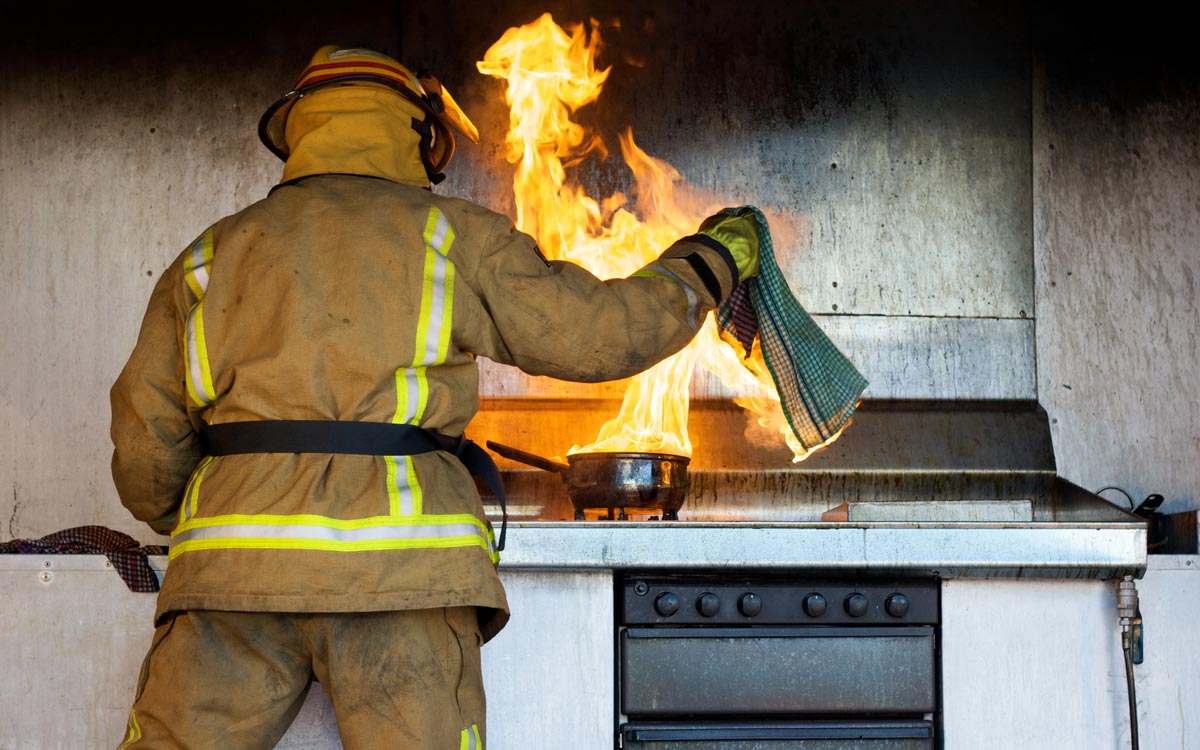
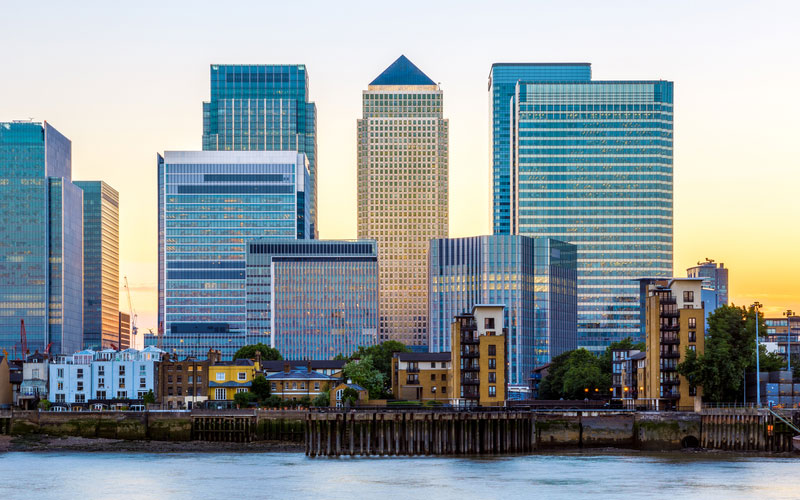
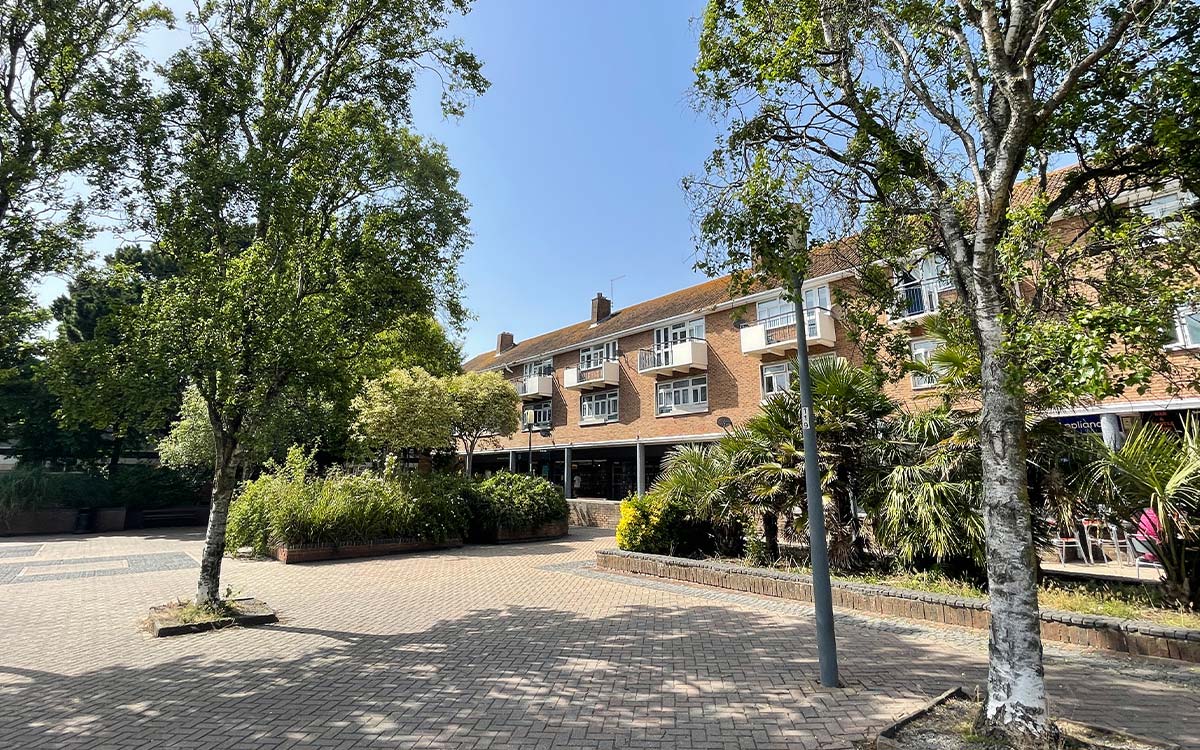




0 Comments